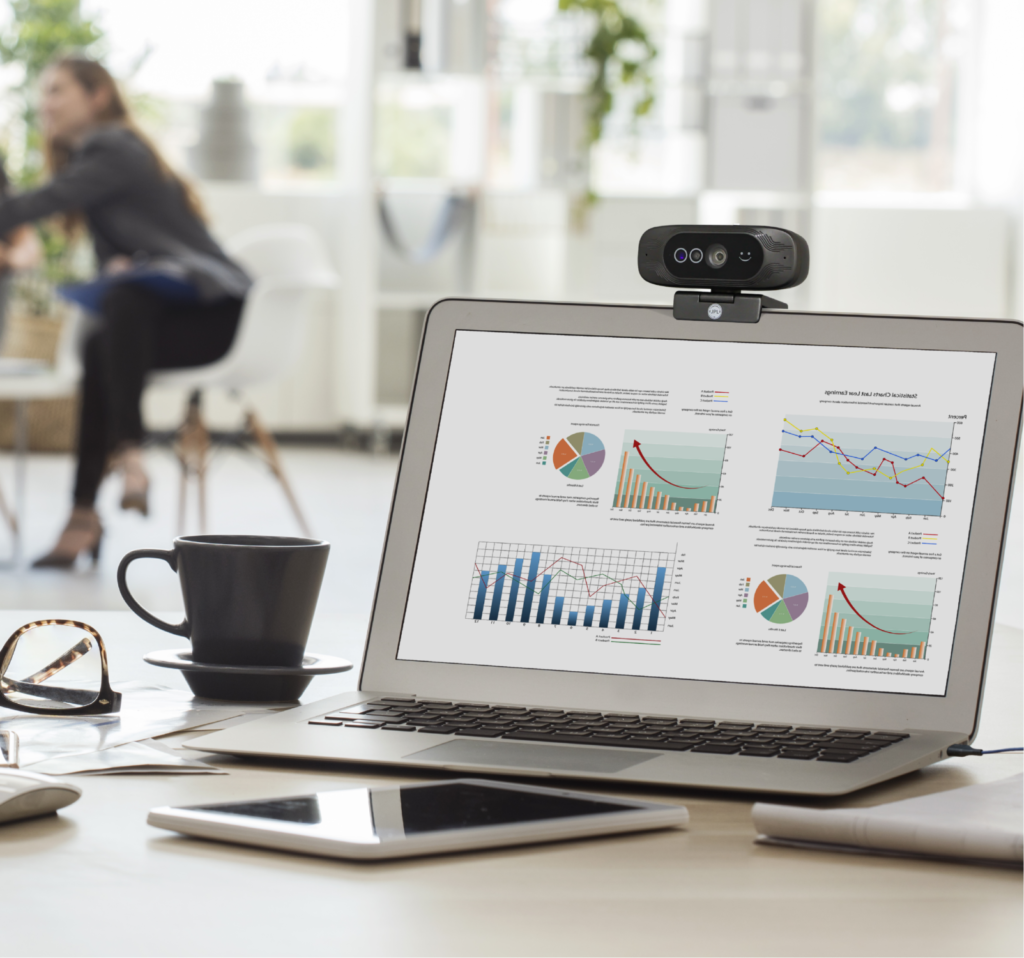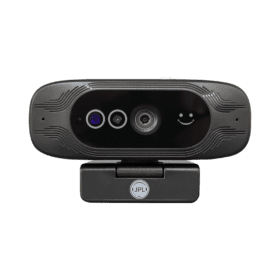ISO27001:2022 Amendments
In 2022, the ISO Information security, cybersecurity, and privacy protection subcommittee (ISO/IEC JTC 1/SC 27) released ISO27002:2022, a guidance document that provides insight into what the new ISO 27001 standard will look like. This new update to the standard represents a major step forward in ensuring data security and privacy, and it includes several important changes.
One significant change is the reorganization of the Annex A controls within four clauses, namely Organisational controls (clause 5), People controls (clause 6), Physical controls (clause 7), and Technological controls (clause 8). This reorganisation makes it easier to understand and apply the controls, which are now categorized according to their purpose.
Another important change is the reduction in the number of controls. The new standard will have 93 Annex A controls, down from 114 in the previous version. Of these, 58 have been updated, 24 have been merged with others, and 11 are new and focus on current information security and privacy concerns.
Despite these changes, businesses need not worry about updating their security right away. The new updates have a three-year transition period and will be fully implemented in 2025. This gives organisations ample time to prepare and make the necessary changes to ensure compliance with the new standard.
Overall, the new updates to ISO 27001 represent a significant improvement in data security and privacy. By adopting the new standard, businesses can enhance their data protection measures and reduce the risk of data breaches and cyber-attacks.
The IFSEC Global 2022 State of Physical Access Control Report emphasises the growing importance of security, integration, and interoperability in the access control industry. According to the report, many companies are still relying on outdated forms of security, but the progression of technologies such as QR codes, recognition software, and biometric security means that businesses of all sizes now have more options to enhance their security. From the report, they found that “aside from those already using biometrics, an additional 17% of respondents cited they were planning to upgrade to biometric access control or were already in the process of doing so.” It also highlights the significance of compliance with internationally recognised standards like ISO 27001 for organisations seeking to improve their security posture. Overall, the report underscores the need for modern and comprehensive access control solutions to meet the evolving security challenges faced by businesses today.




